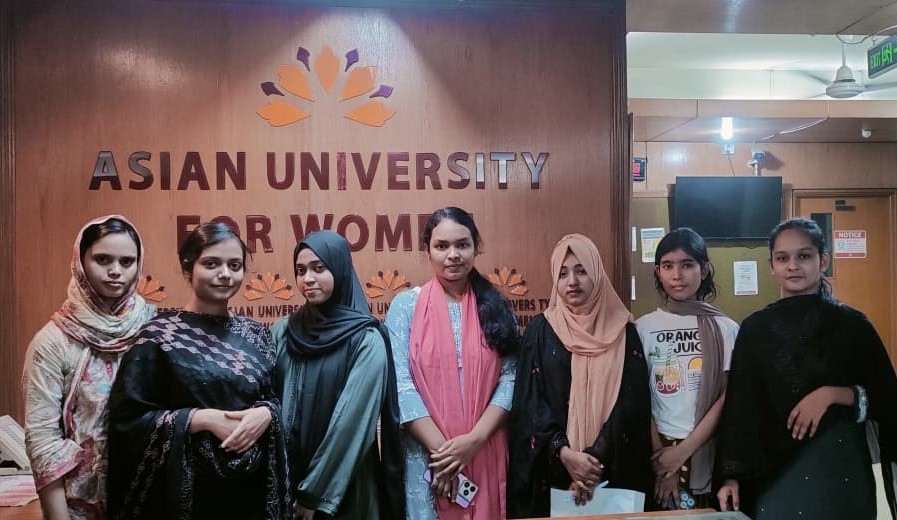Rarely would you see a woman in the top-tier management level as a company head or a top bureaucrat. Women must strive to engage themselves in non-traditional occupations
When we look at the record of change in the last forty-three years since the independence of Bangladesh, we can easily see that there have been enormous changes in the opportunities available for women. We know that just as there are divisions within society, there are also divisions within the world of women. Some in upper class position, some middle class and a greater majority in the poorer class. But the process of change has not been restricted to any one of these strata. There have been deep and fundamental changes at all levels of society with regard to women.
There was always a dominant view that social attitudes constrained a larger role for women. Indeed, this may have been the case but the greater truth is that it was a lack of opportunities which held back women. Once those opportunities were made available, many of the obstructive social attitudes fell by the wayside even if there were problems initially.
Economic empowerment of women is the biggest story of change in Bangladesh. At the bottom of the pyramid lie the rural housewives. When microcredit entered their lives, it helped them to progress and develop on their own – constituting it as a great success. It did not force them to leave their homes, but it allowed them to initiate supplementary incomes, something that was previously unheard of. So with the benefits for them not being uprooted, they could take cautious steps in entering the economic world.
The social attention that women received at this point did not bother men at all, thanks to the idea of supplementary income generation in the family. Once microcredit unlocked women’s economic empowerment, on the flipside, women were introduced to the economic possibilities of working at the RMG sector – something which required minimal skills such as sewing/stitching and mass labour. Such labours were nothing new for them, but it was introduced to them in a new setting – outside their homes. They became receptive to the trend and joined the RMG factories en masse. That is when they finally came out of their houses and moved to the working environment of factories. Although initially the number of women working at factories were not significant, their external migration figures were picking up pace. This was facilitated by the expansion of rural roads, which in turn enabled their mobility for moving into urban settings.
Female education, on the other hand, focused on the completion of 5th standard/8th standard to say the least. It enabled them primarily in the RMG sector, as well as the microcredit sector, where they could function on their own. Education also gave rise to middle class women, as it paved opportunities on their path towards employment in both the public and private sector – with banks and the telecom companies being their biggest employers. They moved in numbers. Even though Bangladesh is a country of conservative lifestyles and philosophies, it has been liberal in its outlook for women, an attitude that gained further from the idealistic aspirations of the liberation struggle of 1971. Such ideals encouraged emancipation and empowerment. It allowed them to move forward in life.
Higher education also created opportunities in newer occupations, but economic empowerment and job opportunities are what I would call ‘Round 1 victories.’ Women should gear themselves to more remunerative positions, positions which would include a lot more decision-making – as this is where they currently lack. Due to the rise in urbanisation, the emerging challenges in reality are multiplying in numbers. The production level is unfortunately still low, as women are still languishing in the lower-middle strata of their occupational hierarchies. Rarely would you see a woman in the top-tier management levels as a company head or a top bureaucrat. Women must strive to engage themselves in non-traditional occupations, if they are to succeed in future. The fact that the Information Technology (IT) boom has also helped women in becoming more self-assertive and knowledgeable has also helped them to be self-employed in some cases – multitasking both family-rearing and work.
If they are to face problems in the second round, it would have to be the lack of skill education. There is no fixed timeframe as to when such problems would be eliminated, but a variety of factors must play important roles here. Social prejudice towards women still exists in society. The question of supporting women from their families must also increase. But all these are ongoing efforts, where such objectives must be prioritised in order to attain true empowerment and emancipation.














